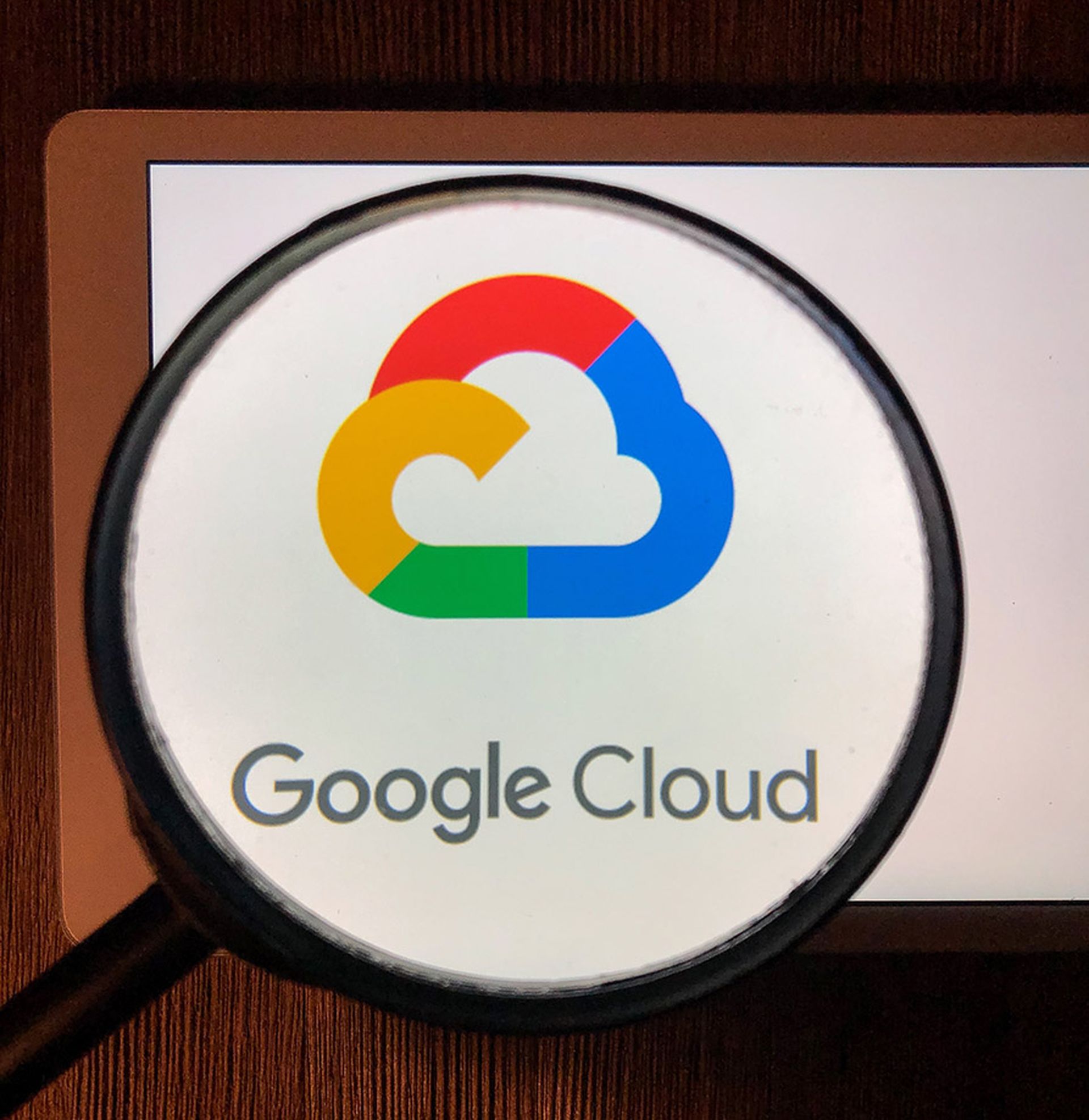At its Cloud Next event in Las Vegas, Google unveiled a comprehensive set of enterprise security updates anchored by a new AI-powered security platform and a growing lineup of Gemini-driven agents. The updates reflect Google’s continued push to embed artificial intelligence into every layer of cybersecurity operations.
Unified Security Platform
At the core of the announcements is Google Unified Security, a new platform that brings together threat intelligence, cloud security, enterprise browsing, and security operations into one cohesive experience. The platform is designed to address fragmented toolsets and complex enterprise architectures by providing a centralized view across networks, endpoints, clouds, and applications. By creating a unified security data fabric, the platform enables security teams to detect and respond to threats faster and with greater context. Telemetry from Chrome Enterprise and the Security Command Center is integrated to enrich threat signals, allowing analysts to assess risk across AI workloads, cloud infrastructure, and user activity in a single workflow. Key features include embedded threat actor simulations, browser behavior analysis, and proactive exposure management—helping teams pinpoint gaps, validate controls, and strengthen defenses ahead of real-world attacks.
Gemini-Powered Security Agents
To streamline security workflows, Google introduced new Gemini in Security agents built on its generative AI models. These agents are designed to automate high-volume, repetitive tasks while supporting human analysts in investigations and response. One of the first agents, available in preview, can perform dynamic alert triage—reviewing context, collecting relevant data, and presenting evidence-backed assessments. Another agent supports malware analysis by executing code deobfuscation and summarizing potential threats. Operating continuously, these agents aim to reduce operational overhead while maintaining high accuracy and visibility, allowing teams to scale their impact without expanding headcount.
Security Operations and Threat Defense
Google has also made data pipeline management features in Security Operations generally available. These capabilities enable organizations to filter, transform, and route security telemetry at scale—supporting more efficient data handling and compliance alignment. Complementing this, Mandiant Threat Defense brings expert-led, AI-enhanced threat detection and response into customer environments. The service integrates directly into Google Security Operations and leverages SOAR playbooks to automate and accelerate investigation workflows.
Security Command Center Enhancements
Security Command Center continues to evolve with new tools focused on AI model protection, sensitive data governance, and compliance automation. The newly available AI Protection suite helps organizations discover and secure AI assets throughout their lifecycle. Its Model Armor feature applies content safety and security controls without requiring application changes and is integrated with Vertex AI. In June, Data Security Posture Management will enter preview, offering capabilities to classify and govern sensitive data—including datasets used in AI training. A new Compliance Manager, launching in preview later this quarter, will provide centralized tools for configuring, enforcing, and auditing security policies based on Assured Workloads.
Data and Network Security Expansion
On the infrastructure side, Google is expanding its confidential computing options. Confidential GKE Nodes supporting AMD SEV-SNP and Intel TDX will be generally available in Q2, while GPU-based confidential workloads using Nvidia H100 chips are entering preview. These offerings are designed to protect sensitive data during processing without requiring code changes. Sensitive Data Protection has been extended to cover Vertex AI and Azure Storage, with continuous monitoring and discovery of sensitive assets. Upcoming enhancements include support for data-in-motion scanning and tighter integration with tools like Dataplex. To support secure key management, Google previewed a single-tenant Cloud HSM and an upgraded bare metal HSM, simplifying deployment with pre-configured units.
In network security, Google launched Network Security Integration, which allows third-party appliances to be deployed without disrupting routing policies. Out-of-band integrations are now generally available, with in-band support currently in preview.
To help organizations manage risk beyond their own environments, Google is also expanding its Risk Protection Program. New partnerships with Beazley and Chubb broaden access to cyber insurance, including coverage for AI-specific and quantum computing threats—available exclusively to customers running workloads on Google Cloud.




